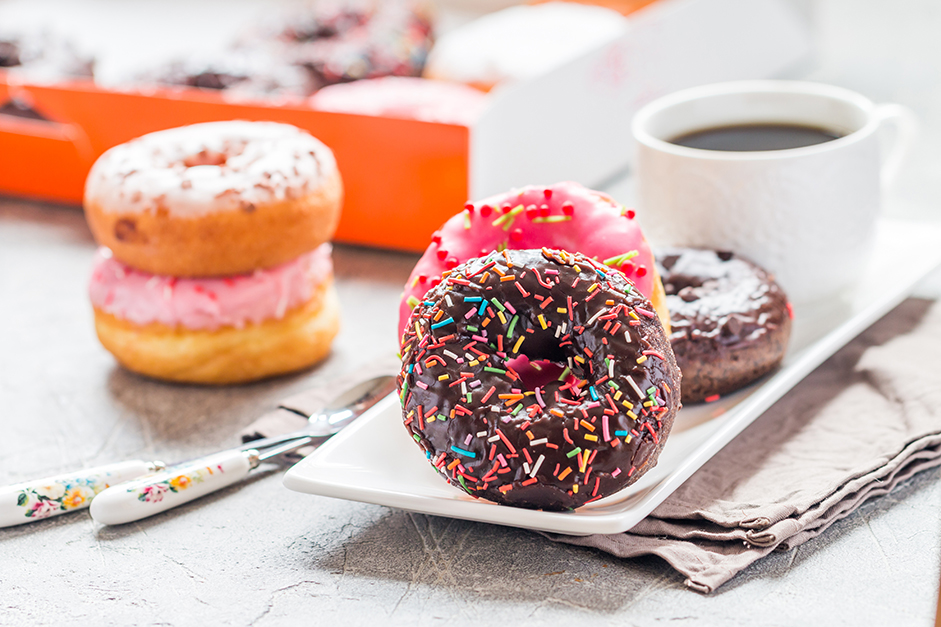Dunkin’ Donuts is planning to change its name to Dunkin’. The move is the latest example of corporate repositioning to make news that mainstream media will report. It's a brand positioning case study.
In the case of Dunkin’ Donuts, they are rebranding — or repositioning — with the knowledge that a product must work to build its brand position in the minds of customers and prospects.
Dunkin’ knows our culture’s tastes are trending toward “fresh” and “healthy.” The current name, Dunkin’ Donuts, doesn’t quite send that message. Dunkin’ wants to focus more on coffee (and be more like Starbucks), so shortening the name to Dunkin’ sends a better message.
All of this is a big deal for any company and particularly for a company and brand as big as Dunkin’ Donuts. The work that will follow for Dunkin’ will be considerable, not the least of which will be a store redesign and menu changes more aligned with its adjusted brand.
Customers and marketers look at the Dunkin’ move with questions. We think they’re at least five years late in the game.
Will it be possible to change our minds? Will we ever not think “donut” when we hear Dunkin’? We’re placing our bets on Starbucks to continue putting more space between the two brands and their earnings.
The Dunkin’ decision is shaping up as very interesting among those who work in marketing, a profession that has some rules that are immutable, but far more gray areas than true black-and-white, yes-or-no areas.
A brand is the overall feeling and meaning of the product or service. It’s the collected holistic experience derived from every touch point with its audience — from its name to the method and content of its advertising to the experience of actually buying and using the product or service and everything in between.
Brand positioning success in the real world
Jack Trout, along with Al Ries, rocked the marketing world with the introduction of the term positioning. Jack shared with us a story about Herb Kelleher, the co-founder and former CEO of Southwest Airlines. There was strong financial pressure from Wall Street to expand into the Northeast.
The key in the airline business is to own gates at the airports. Herb was advised to buy an airline with gates in the East. He wanted those gates, but he knew he didn’t want the airplanes and the people who came along with the deal.
He had a strong understanding of what the Southwest brand stood for. To be the low-cost, no-frills airline, he needed one type of jet, Boeing’s 737. This kept maintenance costs down. He also knew the culture of the people of the acquired airline might not gel with his people. So you would be correct if you guessed that Southwest didn’t buy the other airline. The deal made no sense for the brand, and Herb knew that.
The brand position begins with finding what makes your product or service meaningful with your customers and different from your competitors.
Brand positioning is foundational
It is foundational for decision-making moving forward. Deciding the brand’s position comes first. It’s the strategy side of branding. It helps to focus the company’s employees behind a clear and understood point of view.
For Southwest, it’s low cost. For Google, it’s search. For Dropbox, it’s cloud sharing and storage. For Red Bull, it’s energy drink. For Snapple, it’s natural fruit drink. For FedEx, it’s overnight delivery. For Crest, it’s fighting cavities. For Purell, it’s killing germs on the skin. For Domino’s Pizza, it’s delivery.
If you are faced with a branding decision in your business, consider that “everything” includes every touch point with prospects and customers as an opportunity to build the brand’s position. You must be intentional about how you craft internal communications, public relations, advertising, customer service, sales kits, product demos, websites, social media, SEO, trade shows and even the way the phone is answered.
“Your brand,” said Amazon founder Jeff Bezos, “is what other people say about you when you’re not in the room.”
So is it too late in the game for Dunkin’ Donuts to become Dunkin’? We think so. It’s an important and hard lesson for brands to learn. There is a big advantage for first movers. In this case, it’s Starbucks. Markets are moving faster than ever. Dunkin’ might be left in powdered sugar.



